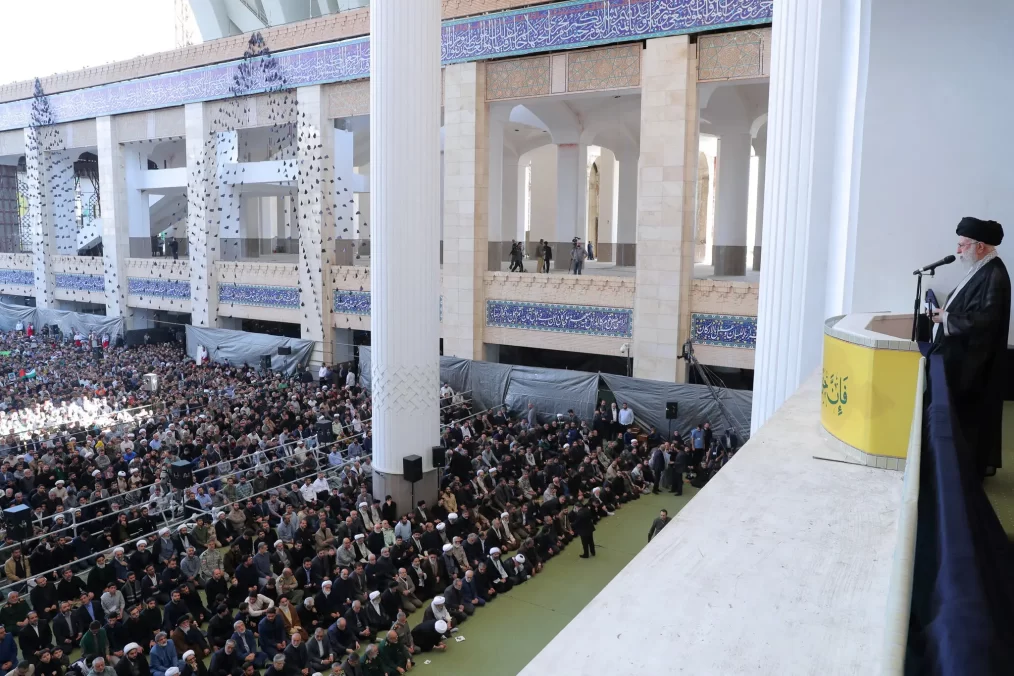Story by Tim Barlass – SMH
 Many families are feeling the current financial pressures but such is the state of the economy that Victoria Cross recipient and Afghanistan veteran Daniel Keighran has decided to sell all his medals.
Many families are feeling the current financial pressures but such is the state of the economy that Victoria Cross recipient and Afghanistan veteran Daniel Keighran has decided to sell all his medals.
“A man selfless in the face of threat. Courageous in the face of terror. Generous in the face of suffering. And humble in the face of an honour bestowed.”
Words used by former governor-general Quentin Bryce to describe Corporal Daniel Keighran when she pinned his Victoria Cross for Australia on his army uniform in 2012.
But just 12 years later, Keighran, aged 41, has decided to sell his medals to pay for schooling and finances for his growing family. Sydney auction house Noble Numismatics will catalogue the group of 12 medals in its November auction with an estimate of $1.25 million. The sale is expected to attract international interest, although the VC will not be allowed to leave the country.
Keighran worked in Kalgoorlie in Western Australia in the mining industry in 2015 after his military service. He now lives in Brisbane with his partner.
“We are a family of five – me and my partner who has a 13-year-old daughter and a nine-year-old boy from a previous relationship, and my boy, aged seven, with my ex-wife. It’s a little blended family.
“It hasn’t been a decision [to sell] made lightly, my partner and I had a discussion. There’s a few family members whose health wasn’t amazing. My mum is 80 this year. I am fortunate in that I earn a pretty good wage, but things are pretty tough out there.
“I managed to buy her a place. The reason for getting rid of the medal is to look after my own family. It would afford the opportunity for schooling and for a place for us to live as a family as well. Times are tough, things are hard, especially for a family of five, as others out there could relate to as well.”
Of the estimate of $1.25 million, he added: “It is three-quarters of a house, it depends on where you buy in Brisbane, paid off straight away. I thought if I put it up for auction I can take my foot off the accelerator pedal a little bit and I can spend some quality time with the people I care about the most.”
And plans to marry his partner of two years? “Yeah, one day. Let’s not announce anything yet. Don’t give her any ideas! We will, without doubt, get married. We have spoken about it, but not yet.”
The VC has been on permanent display at the Australian War Memorial since 2012. Keighran wore it once two years ago at a Remembrance Service in Canberra because he forgot his medals and the War Memorial loaned it to him for the morning.
The citation for the VC says: “For the most conspicuous acts of gallantry and extreme devotion to duty in action in circumstances of great peril at Derapet, Uruzgan Province, Afghanistan, as part of the Mentoring Task Force One on Operation SLIPPER.”
Keighran deployed to Afghanistan in February 2010 with the 6th Battalion, Royal Australian Regiment, and on August 24, 2010, he was a member of a patrol that came under sustained machine-gun attack.
The auction catalogue states: “Corporal Keighran’s acts of the most conspicuous gallantry to repeatedly expose himself to accurate and intense enemy fire, thereby placing himself in grave danger, ultimately enabled the identification and suppression of enemy firing positions by both Australian and Afghan fire support elements. These deliberate acts of exceptional courage in circumstances of great peril were instrumental in permitting the withdrawal of the combined Australian and Afghan patrol with no further casualties.”
Keighran’s wasn’t the first Australian VC. It was preceded by Mark Donaldson (2008) and Ben Roberts-Smith (2010), but it was the first awarded to a non-special forces soldier.
There is speculation that philanthropist Lord Ashcroft, former Treasurer and Deputy Chairman of the Conservative Party in the UK, who has a collection of some 230 VCs could be among those bidding. Jim Noble of Noble Numismatics said: “It is a great opportunity for someone to own something very special – and it was won by someone who didn’t end up getting killed in the process.”
Of the decision in September by Defence Minister Richard Marles to strip distinguished service medals from commanding officers who held senior roles during the war in Afghanistan as recommended by the Brereton inquiry into alleged war crimes by Australian troops, Keighran said he was “a little surprised by the timing”.
“The timing was pretty poor in relation to the timing of the announcement by the Royal Commission into Defence and Veteran Suicide. I found it quite bizarre I must admit. I know a couple of individuals because I served with them. Those that did the wrong thing should rightly be pursued and prosecuted but, my goodness, the veteran community has been treated bloody terribly by some.”
Keighran added of receiving the VC: “It upended my life. It changed my life immeasurably, from the direction of I suppose my life was heading in working in the mines to then have the opportunity to go and do my masters in business through knowing people and now I am working at an executive level for a multinational [in the defence industry].
Would he change what he did on that day in 2010? “I’ve got a son now and you look at things differently from a risk perspective, but I would like to think I’m still the same person,” he said. “I saw my team in need and I acted appropriately. I thought I’d do everything I possibly could to save their lives and I think I’d probably do the same to this day.”
And of the future ownership of his VC? “The AWM is the right place for it. Knowing that that is where it has spent its entire life, obviously with it going to auction I would like it to go back there, but I have no say on that.”












